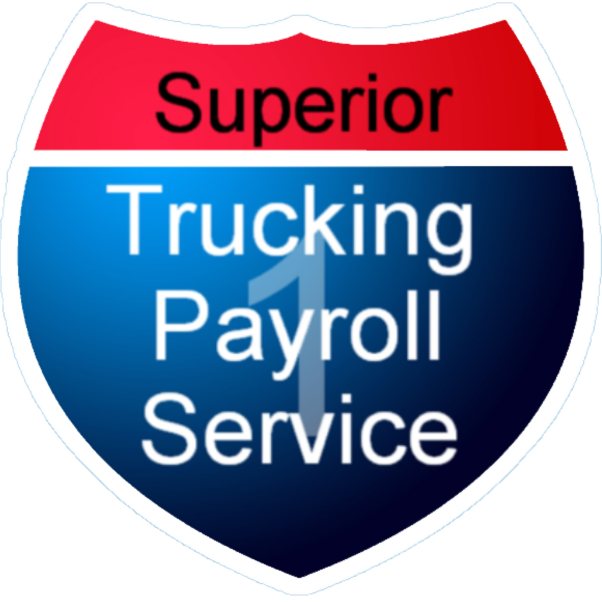Would You Notice If Your Payroll Was Paying Someone Who...
Read MoreEveryone should do a checkup on their tax withholding because the IRS can update the income tax withholding tables at any time. In 2018, the individual tax rates changed and the IRS updated the income tax withholding tables, but only 20% of taxpayers, including retirees, took the time to update their W-4. This made a lot of people mad when they filed their returns.
Most people do a paycheck checkup when something big happens in their life, such as starting a new job, getting married, or having a baby. The IRS suggests otherwise so you don’t end up with an unexpected tax bill or penalty. If there is a major change from the Tax Cuts and Jobs Act passed in late 2017, the size of your refund will be affected. As a result, many taxpayers may need to raise or lower the amount of tax they pay in during the year. Therefore a paycheck checkup will help you avoid unpleasant tax surprises.
Recent IRS W-4 change that you might have missed
At the start of 2020, the IRS made big changes to the W-4. The biggest change was that you don’t claim a number of children anymore as dependents. It is more broken down now. If you claim your children as dependents you will need to specify if the children are under 17 years old or over 17 years old. For children under the age of 17, you will have a $2,000 tax credit for each child. If the child is over the age of 17 years old, you will have a $500 tax credit for each child. They also changed whether or not you have two jobs personally or two forms of income from two people in the household.
These changes made more tax brackets. Before the change, there were only 2 tax brackets. Single or Married. After the change, Single or Married Filing Separately, Married Filing Jointly, Head of Household, Single with 2 jobs, Married with 2 jobs, and head of household with 2 jobs. These changes made things more confusing but they made the W-4 better considering more married people now have 2 forms of income. A link to useful tips about the new W-4 is here. If you have not filled out the new W-4 yet, the article is linked below.
Check your withholding more often if these apply to you:
The IRS suggests doing a paycheck checkup at least once a year and every time there is a major change in your life. You should also check your withholding more often if any of these apply to you.
Two or more people earn an income in your family
You work multiple jobs
Previously, you itemized your deductions
You work seasonally or only part of the year
Your income level is high
You claim the child tax credit
Your dependents are age 17 or older
You receive a large refund
Your tax return is complex
You have a tax bill
Use the IRS Tax Withholding Estimator
To determine how much tax you need to withhold from your paycheck, use the IRS Withholding Estimator. This online tool is beneficial for both employees who receive wages and those who receive retirement pay on a regular schedule. This can protect you from receiving a tax bill you are unable to pay by making sure you don’t withhold too little tax.
You can use the IRS online calculation to estimate your total income, deductions, and tax credits. If you are retired, the IRS recommends treating your retirement pay like income from a job by entering the gross amount of each payment, how often you receive a payment, and the amount of tax withheld so far this year.
Make sure you have, your most recent paystub, most recent income tax return, and information for any other sources of income before you start using the online tool. You will not be asked for any personal information such as your name, social security number, address, etc. It is completely anonymous to protect taxpayer privacy. The IRS doesn’t save the record or any of your data entered.
The basic sections that are included in the tool are; filing status, income and withholding, adjustments, deductions, and tax credits. This assessment can be completed in less than ten minutes. After finishing it, the tool will recommend the number of allowances you should claim.
Changing your withholding
Once you receive your results, you’ll be ready to make the necessary changes to ensure you won’t get an unexpected tax bill. If the number is different from the number you claimed now, the IRS recommends changing your withholding.
You have two options if you need a refund. You can make no changes if you would like to receive a higher refund amount later or you can decrease your withholding to receive more money in your paycheck now and a smaller refund later.
If you receive results that you will owe taxes, you will need to increase your withholding. You need to adjust your W-4 to have additional tax withheld each pay period if your expected tax bill is too high. This will help reduce the amount you will owe next year. Update your W-4P, withholding certificate for Pension or Annuity Payments, if applicable if you need to decrease the amount of taxes you may owe next year. Making estimated tax payments throughout the year is another option for avoiding underpayment penalties and lowering your tax bill.
If you are unemployed and are afraid that you may owe taxes next year, you can adjust your withholding by filling out Form W-4, the Voluntary Withholding Request. This tool provides an estimate of your actual taxes. It may be lower or higher especially if there are any unexpected changes in your income. Make it a habit of using the IRS Withholding Estimator online too to review your W-4 at least once a year. It will help you avoid any chance of being stuck with an unexpected tax bill.
Tessa joined Superior Trucking Payroll Service in September 2022. She loves to write and make videos which made her a great asset to the team in her marketing position.
Before working at Superior Trucking Payroll Service she worked in IT at GVSU which gave her the skills to problem-solve with customers over the phone.
Contact Us!
7 Smart Money Moves to Keep Your Trucking Company Profitable
Are you constantly waiting on payments while your bills pile...
Read MoreSecure Online Access to Your Pay Stubs and Tax Documents
As a truck driver, you know that every dollar counts....
Read MoreThe Trucking Payroll People Have a New Partner – Trucking Compliance Just Got Easier!
Helping Trucking Companies Find the Best Compliance Solutions DOT compliance...
Read MoreTrucking Wages Rise: February 2025 Driver Pay Index
Why does truck driver pay drop in January? Will the...
Read More
